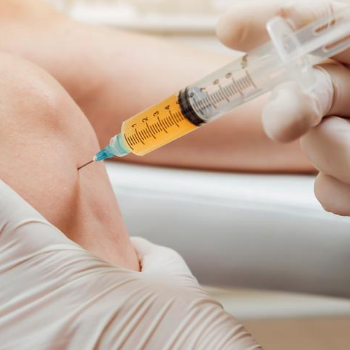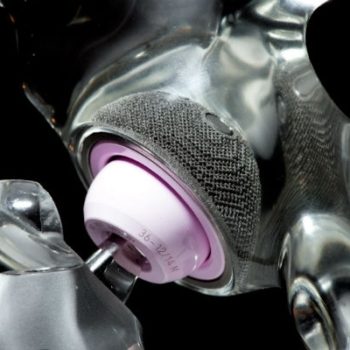
Efficiency of platelet-rich plasma therapy in knee osteoarthritis does not depend on level of cartilage damage
Platelet-rich plasma (PRP) is a concentrate of autologous blood growth factors which has been shown to provide some symptomatic relief in early osteoarthritis (OA) of the knee. Platelet-rich plasma therapy is a simple and minimally invasive intervention which is feasible to deliver in primary care to treat osteoarthritis of the knee joint.
Researchers ascertained if patient satisfaction with platelet-rich plasma (PRP) therapy was correlated with the degree of cartilage damage quantified with magnetic resonance imaging (MRI). A pre-treatment MRI was performed and analyzed according to Peterfy and colleagues by a senior consultant radiologist with the whole-organ MRI scoring method (WORMS) to assess the level of osteoarthritis. They performed PRP in 59 patients using a low-leukocyte autologous conditioned plasma system. Findings suggested that intraarticular injection of PRP may improve symptoms of osteoarthritis and decrease pain in patients with knee joint osteoarthritis regardless of the level of cartilage damage quantified by the whole-organ MRI scoring method WORMS.
Credit to : www.mdlinx.com


